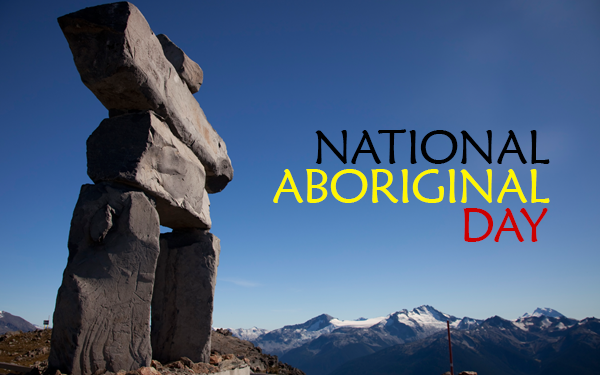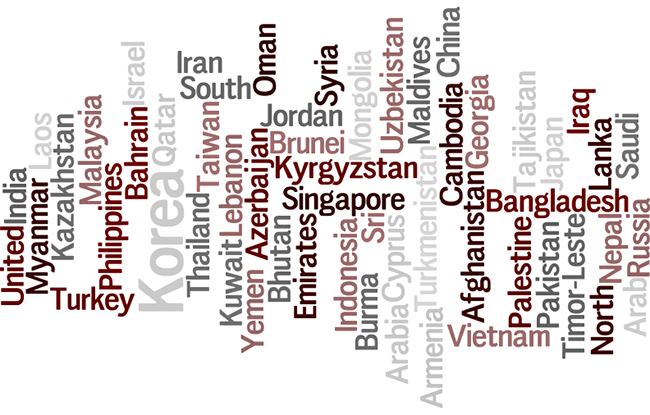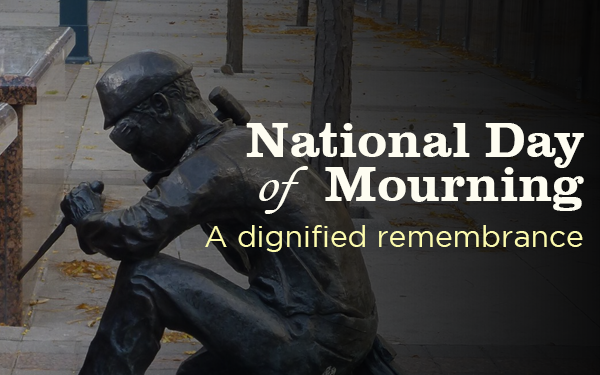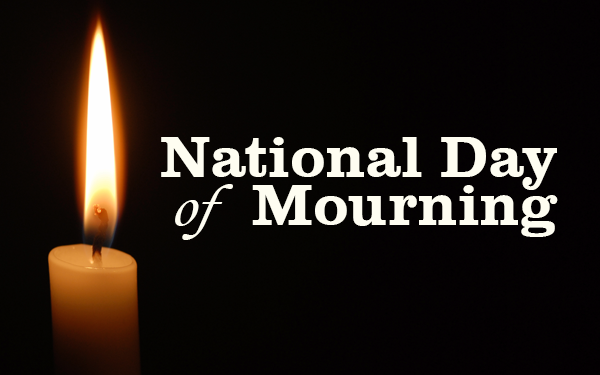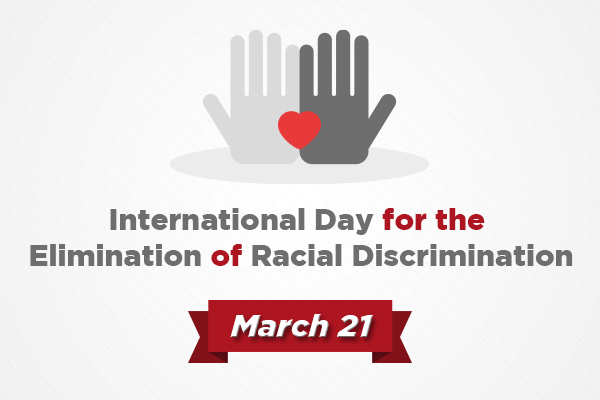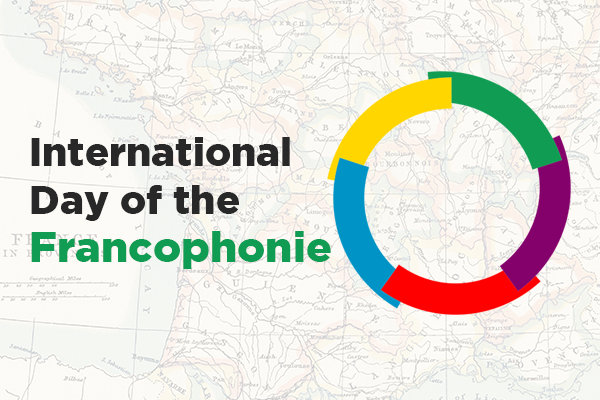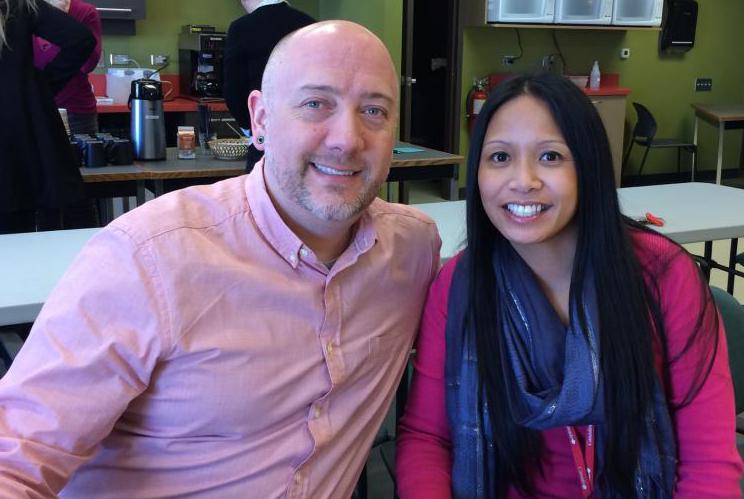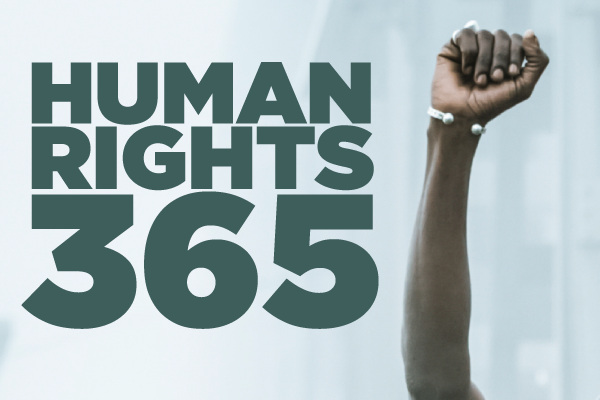By Ruby Langan
Have you attended a National Aboriginal Day celebration? National Aboriginal Day is on June 21. This year, the date falls on a Sunday. This is your invitation to join the festivities.
There are three Aboriginal groups in Canada – the First Nations, Inuit and Métis peoples. They each have their own distinct heritage, language, cultural practices and spiritual beliefs. National Aboriginal Day gives us the opportunity to honour, celebrate and share knowledge about Canada’s Aboriginal peoples.
National Aboriginal Day occurs on June 21, the summer solstice, the longest day of the year. For many centuries, many of the first inhabitants would celebrate the arrival of warm weather on this day. National Indian Brotherhood (now the Assembly of First Nations) called for June 21 to be National Aboriginal Solidarity Day. Canada’s Governor General proclaimed the first National Aboriginal Day in 1996.
This is the one day of the year many, many people devote to Aboriginal-ness. My union sisters and brothers are happy to engage in this awesome community event in Vancouver. Come to our table and converse about Aboriginal, worker, family, public service issues and potential solutions. Bring your children to have their face or hands painted by our amazing artists. We will again have the beautiful and functional Water is a Human Right/Idle No More slap-fans/posters but be sure to get them early because they are in high demand.
Check your local newspaper or Aboriginal Friendship Centre for events near you. Come and join the fun. Eat, learn, play, volunteer, be entertained, get involved. Will you accept this invitation?
A Path of Light – Saturday, June 20, 2015 (Edmonton)
See the attached poster for the details on this large, exciting multi-phase event, ending in a grand entry welcome to the APTN Edmonton event described below.
APTN’s Aboriginal Day Live & Celebration– Saturday, June 20, 2015 (Edmonton & Winnipeg)
The 9th annual Aboriginal Day Live & Celebration is the largest event in Canada to recognize National Aboriginal Day. It includes a day-long program of free family-friendly activities, and a free evening concert held in Winnipeg (at The Forks) and Edmonton (at Louise McKinney Park) featuring a stacked roster of award-winning and up-and-coming Indigenous entertainment. All Canadians are invited to partake in this event – whether in person or via the live broadcast on TV, radio, or the live stream at http://www.aboriginaldaylive.ca/
National Aboriginal Day – Sunday, June 21, 2015 (Vancouver)
Please join us as we celebrate National Aboriginal Day on Coast Salish Territories. This is a community-based, full day of events that showcase and celebrate the diversity of Aboriginal people from across Canada. First Nations, Métis and Inuit peoples gather to share their spirit, experiences, stories, songs, art and dance with each other and the general community. All events are FREE, and all Aboriginal community members and supporters are welcome. This is a family-friendly event. No alcohol or drugs are permitted. Make sure you bring your cameras and video recorders!
http://www.bcnationalaboriginalday.com/
Solstice Festival 2015 Friday, June 19 – Sunday, June 21, 2015 (Ottawa)
Vincent Massey Park, Ottawa Ontario
Festival & Pow Wow Hours:
Friday, June 19 6pm to 10pm
Saturday, June 20 10am to 10pm
Sunday, June 21 10am to 6pm
http://www.ottawasummersolstice.ca/
Métis and Heritage: Follow the Mi’kmaq trails, Sunday, June 21, 2015 (West Pubnico, NS)
Time: 1 p.m. to 4 p.m.
Location/Venue: Musée des Acadiens des Pubnicos, 898 Hwy 335
National Aboriginal Day, Sunday, June 21, 2015 (Boyd’s Cove, Newfoundland and Labrador)
Beothuk Interpretation Centre
Time: 10:00 am – 5:00 pm
Come and celebrate Aboriginal culture and traditions, past and present. Make a Beothuk pendant, sample Indian Brewis, visit our Spirit Garden to leave a handmade offering.
National Aboriginal Day, Saturday, June 20, 2015 (Dawson)
On June 21st the Dänojà Zho Cultural Centre situated in downtown Dawson City, celebrates National Aboriginal Day with outdoor events including the Hän Singers, live contemporary music, tours, activities, refreshments and an opportunity to visit our heritage galleries.
Aboriginal Day has been set aside for all people to recognize, celebrate and learn more about the Tr’ondëk Hwëch’in First Nation and Aboriginal culture and heritage in Canada.
http://travelyukon.com/national-aboriginal-day-dawson
National Aboriginal Day, Sunday, June 21, 2015 (Iqaluit)
Full day of activities.
National Aboriginal Day events in other locations across Canada are listed at the Aboriginal Affairs and Northern Development Canada website:
http://www.aadnc-aandc.gc.ca/eng/1100100013322/1100100013323
Ruby Langan is the UNE’s National Equity Representative for Aboriginal Peoples.
